
Crucial C300 256GB Review
Manufacturer: CrucialUK Price (as reviewed): £500.80 (Inc. VAT)
US Price(as reviewed): $659.99 (ex .Tax)
While almost every SSD manufacturer has opted for a SandForce drive controller SSD for this generation of drives, Crucial has gone elsewhere for its next-gen controller. It's agreed an exclusive deal with Marvell for use of the 88SS9174 BJP2 controller; we’ll just call it 'the Marvell controller' though.
While SandForce uses compression cleverness to produce its high performance, the Marvell controller takes a much more standard approach, albeit a more extreme implementation than we’ve seen before. Just as with Indilinx Barefoot or Intel drives, the design is based around a central drive controller working alongside a dedicated DRAM cache, in this case a 128MB 0AD12 D9LGQ Micron chip which sits on the rear of the PCB. Data is written exactly as it’s received by the drive, meaning there’s no difference in the performance of the drive, whether it's dealing with compressible or uncompressible data, unlike the SandForce controller.
The drive controller is much larger than the Indilinx or SandForce chips, as it crams in two separate ARM9 processors operating in parallel. We’ve seen a similar approach back in the first generation of SSDs, where drives shipped with two JMicron 602 controllers to increase performance.
What’s special here is that because the Marvell controller packs so much processing power, it requires a SATA 6Gbps connection to reach its potential maximum sequential read speed of 355MB/sec, smashing the previous SATA 3Gbps speed barrier of 285MB/sec. To reach these speeds the NAND-flash needs to be up to the task too and Crucial has used 16 Micron 16GB, 34nm MLC NAND modules. Critically, the NAND is ONFI (Open NAND Flash Interface) 2.1 certified, the first seen to be used in a consumer-level drive and potentially allowing each module to deliver read speeds of 166MB/sec.
Write speeds also get the turbo-charged treatment. While SandForce drives deliver superior sequential write speeds of 270MB/sec when handling compressible data, this is down to the controller’s compression technology, which means that it actually writes a fraction of the data it’s actually given to it (with no loss of data). The Marvell controller isn’t as fast, with claimed write speeds of 215MB/s over SATA 6Gbps, but then it’s not compressing that data and it's still a good 25MB/sec faster than we’ve seen other traditional SSDs manage. Write speeds are dependent on the density of the NAND used though, so smaller capacity versions of the C300 offer lower write speeds.
With a total of 256GB of NAND in this drive, there’s 274,877,906,944 bytes of storage available, meaning that after formatting you have 238.5GB for use, with the drive reserving 17.5GB as over-provisioning. Over-provisioning is a common technique for SSDs to keep some storage space in reserve for replacing defunct cells in the future. Follow the link if you want to read more about over-provisioning.
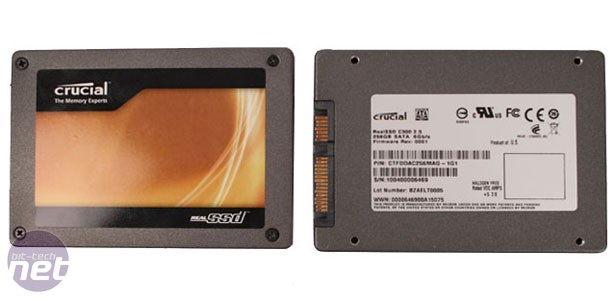
While TRIM support is present, this didn’t stop the drive running into long-term performance issues following its launch in February this year. We’ve waited until now for both a reliable firmware update and to get our hands on some SATA 6Gbps testing gear that’s up to the task of testing this drive. Since then Crucial has deployed an improved user-deployable firmware update (applied via a bootable ISO file) that claims to have resolved the long-term performance issues. Such support is vital for technologies still in their relative infancy, such asSSDs, so it’s reassuring to see Crucial backing its drive in this way.
Pricing is still the sticking point for SSDs, and at £500 we’re sure that most people will balk at the C300’s price tag. However, looking at the drive from a value for money point of view, the C300 weighs in at £2.09/GB (when looking at formatted capacity), which isn't too bad for a high-performance SSD at the moment. You can now get a 100GB OCZ Vertex 2 for £264, which works out at £2.84/GB.
Specifications
- Controller: Marvell 88SS9174 BJP2
- Cache: 128MB Micron 0AD12 D9LGQ
- NAND: 16 x 16GB Micron MLC
- Maximum Read: up to 355MB/sec
- Maximum Write: up to 215MB/sec
- MTBF: Not listed
- Warranty: Three Years
- Formatted Capacity: 238.47GB
- Extras: None
- Part Number: CTFDDAC256MAG-1G1

MSI MPG Velox 100R Chassis Review
October 14 2021 | 15:04

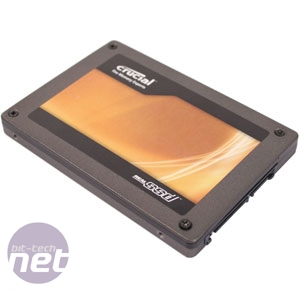
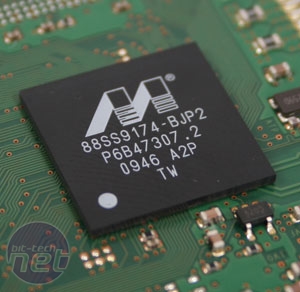
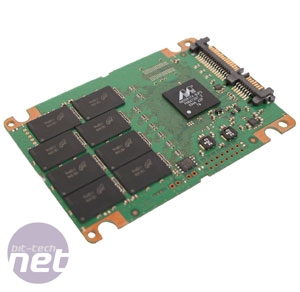
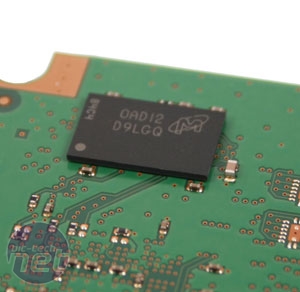







Want to comment? Please log in.